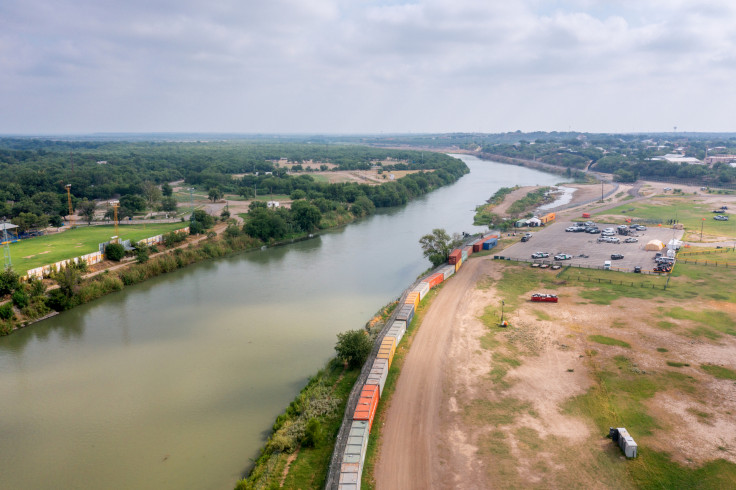
Residents in Reynosa have been grappling with severe water shortages for weeks, following the city's implementation of partial water rationing on August 19. The rationing, initially intended to allow for repairs on the Río Bravo gates, has stretched far beyond its expected timeline, leaving many neighborhoods dry and residents frustrated.
Residents, like Rocío Guevara, who is also a landlord, have grown increasingly skeptical of the authorities' assurances, citing a pattern of inconsistent communication and unfulfilled promises. "Supposedly, there's enough water, if this is because of repair work, why haven't they finished?" said Guevara during an interview with the Latin Times.
Guevara's rental properties have been without water for three weeks—predating even the official announcement of water rationing. "If this continues, I fear my tenants will leave," she said, her frustration palpable. For Guevara, who depends on rental income to make ends meet, the prolonged water shortage is more than an inconvenience; it's a direct threat to her financial stability. Her concerns echo those of many in the community who feel increasingly abandoned by local officials as the crisis drags on.
Despite the municipality's promise to distribute water through tanker trucks, residents say that these deliveries have been sporadic at best. Many have had to resort to purchasing expensive water containers, a burden for those already struggling financially. "People who can afford it are buying water pumps and filters, but that's not a solution for everyone," said Guadalupe De León, another Reynosa resident.
The issue of unreliable water service in Reynosa is not new. For years, residents have complained about the poor quality of the water that does reach their homes—often contaminated and unfit for consumption. The ongoing crisis has only exacerbated these long-standing issues, with some residents reporting that the water they do receive is brown and leaves their filters clogged within days.
De León expressed her frustration, saying, "These repairs have dragged on for too long. The schedules aren't being followed, and some areas have been without water for weeks." She also criticized the local government's response, noting that repairs on local water leaks often take months to complete, leaving entire streets dry for extended periods.
Reynosa's water woes are further complicated by the region's broader water crisis, which has drawn attention on both sides of the U.S.-Mexico border. The city is under pressure from U.S. officials to release more water and meet its obligations under a binational treaty, even as its own residents struggle to secure enough for their daily needs.
The broader crisis is driven by a shrinking Rio Grande, which supplies about 90% of the drinking water and all irrigation water for South Texas. A recent symposium in Pharr, Texas, highlighted the growing concern over water scarcity in the region. "The reality is we have to talk about water. We don't have enough. We're not doing enough," Texas state Rep. Terry Canales said at the event covered by Border Report, which drew leaders from across the state to discuss long-term solutions for drought resiliency.
As Reynosa's water crisis drags on, the approaching end of the rainy season in October brings the threat of even drier days ahead. Despite recent reports from El Mañana de Reynosa that Américo Villarreal, governor of Tamaulipas, has secured an agreement with CONAGUA—the national water commission—to significantly boost Reynosa's drinking water supply, many neighborhoods remain parched.
For now, residents like Guevara and De León continue to depend on bottled water services and the sporadic arrival of tanker trucks, clinging to hopes of normalcy in a situation that seems to only get worse.
© 2025 Latin Times. All rights reserved. Do not reproduce without permission.




